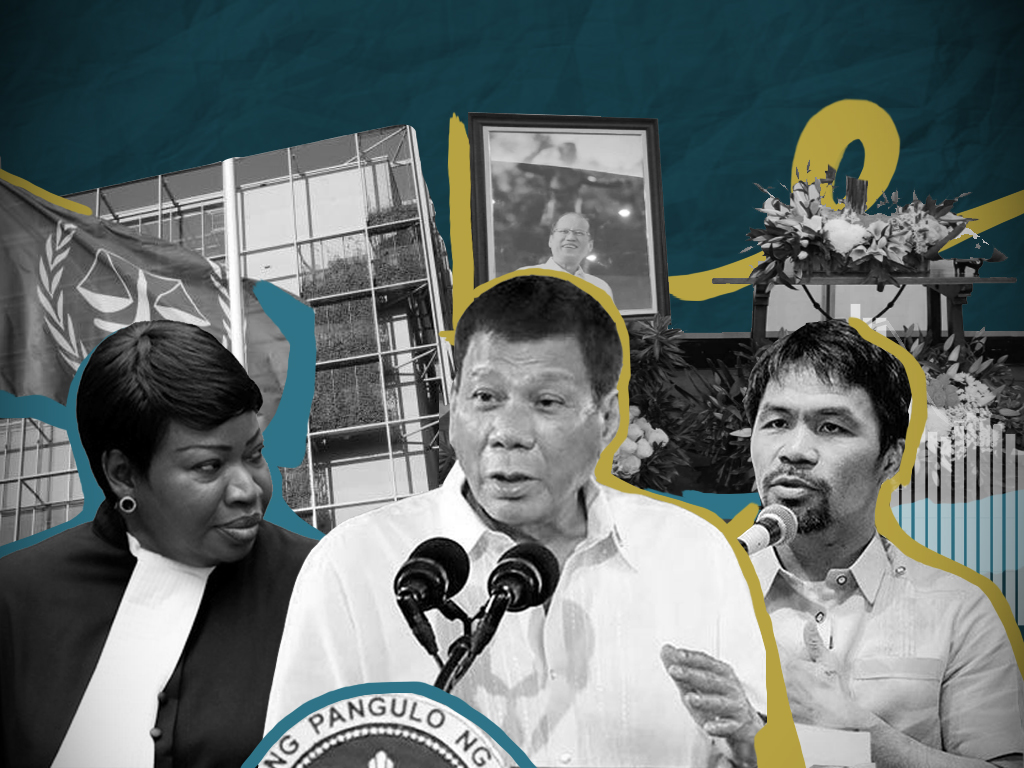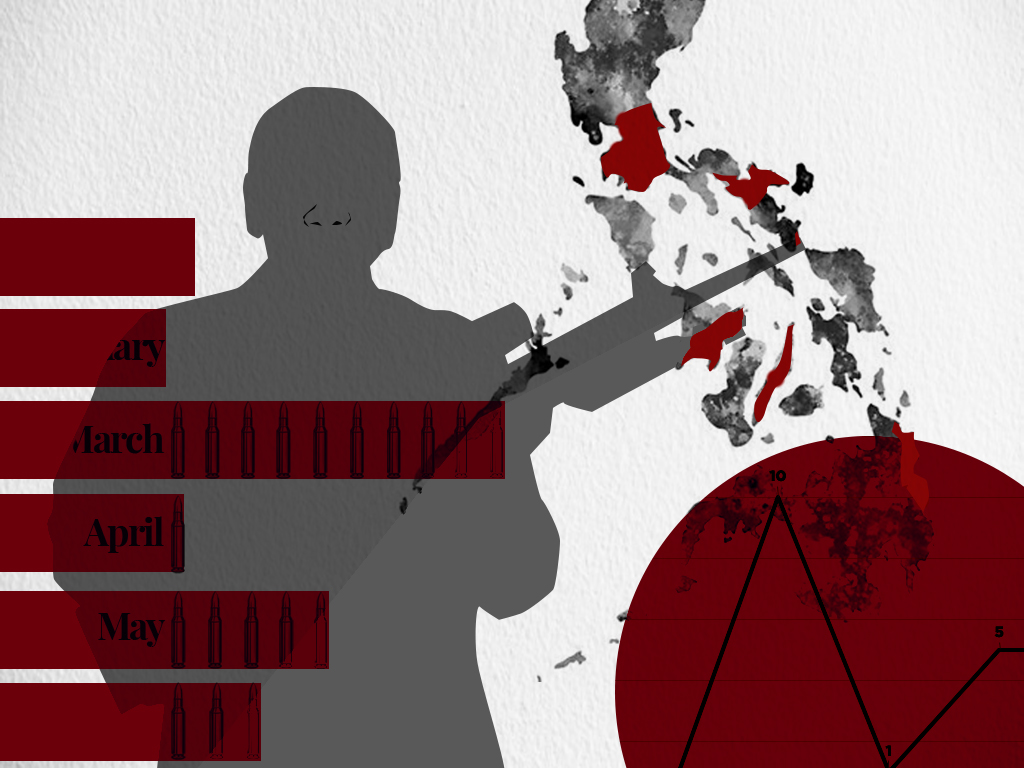Media still mum on leadership vacuum; PNOY remembered
Media Review, June 16 to 30
Every two weeks, CMFR will provide a quick recap of the media coverage of the biggest stories or issues, noting the same slips that our monitors have been doing. We intend this as a quick mapping of news, providing a guide for journalists and identifying gaps in reporting, the lack of interpretation and analysis as necessary. This section also hopes to engage more public attention and participation in current events, and for them to learn the practice of media monitoring. It is after all the public that serves as the best watchdog of press power.

THE DEATH of former President Benigno Aquino III, or PNoy as he himself asked to be called, shocked the country because it was so unexpected. While Aquino kept his life mostly private, but he had made public the serious illness which hospitalized him at the end of 2019. PNoy kept much of the information about the radical treatments that were being considered for his ailment even from his sisters. The media and public were completely in the dark about these circumstances, and his death in the early morning hours of June 24 caught the media off-guard, but eventually dominated the news pages and networks for days.
Media reported the funeral rites that drew long lines of Filipinos wanting to pay their respects, while following health regulations. In the course of the coverage, recollections of what the second Aquino president had achieved in the six years of his term circulated in both old and social media. Many of those who served at various levels of his administration including his Cabinet, and his close-in staff recalled his style of leadership, documenting with facts the principal policy gains during his watch. These highlighted how PNoy had turned the economy around; more importantly, how economic growth had made it possible to lift millions of Filipinos and their families out of poverty.
Unlike the deaths of his parents, PNoy’s occurred in unprecedented conditions which prevented the physical gathering of many people. Flowers and wreaths were laid in front of his residence. Online memorial programs drew attendance in the thousands. But in the course of ten days, print and broadcast media had little else in terms of news events to report.
Social media meanwhile continued to expand the discourse on governance sparked by Aquino’s death by comparing the current and previous administrations. Highlighted, among others, were the data and fact-based approach to policy making and program implementation that marked PNoy’s term.
CMFR has noted lapses in the race to scoop which involved some media and the offensive reporting of his death on radio.
In the meantime
During the review period, the Duterte administration flipped-flopped on the use of plastic face shields. The president threatened to go after people who have refused to be vaccinated and suggested arming civilians to boost anti-crime efforts.
Responding to the decision of the International Criminal Court (ICC), administration officials insisted government will not cooperate.
Closer to the ground, Health Secretary Francisco Duque III, blaming the shortage of vaccine supplies on Western vaccine producers, failed to explain why the Philippines ranked near the bottom in a study of countries’ COVID-19 resilience, which measured other government responses besides vaccination.
CMFR monitors have long noted the lack of media accounts to examine the inadequacies of the government’s pandemic response, the failure of Duterte’s so-called landmark programs, the continuing chain of human rights violations, and the shrinking democratic space – all of which have been exacerbated by unabated pandemic conditions.
Vaccine supplies and dissemination
Lawmakers, most prominently Rep. Rufus Rodriguez, Rep. Edcel Lagman and Rep. Joey Salceda, acknowledged that PHP9 billion worth of vaccine funds in the Bayanihan 2 Act remain unspent after the law expired on June 30. The DOH has blamed the shortage of vaccines to the supply end. Media made much more of Duque’s “I am pissed!” statement reacting to the study that showed the low ranking of the country in COVID resilience. But no follow up reports explained other issues covered by the study, as well as the response of other countries.
While government has claimed the pick-up in vaccination rates, LGUs have experienced spikes in their areas. Mayor Jerry Treñas of Iloilo City appealed for more doses, a call that media picked up. This may have prompted the IATF to belatedly add the city and nine others to the priority list of LGUs.
ICC on Duterte’s human rights record
Coverage of the ICC story adhered to the formula of recording reactions from the local legal community, human rights groups, Palace officials and Duterte himself. The government insisted on its position of non-cooperation. Lawyers said the probe, once granted by the ICC’s Pre-Trial Chamber, would nonetheless continue.
Last June 16, 16-year-old Johndy Maglinte and his companion Antonio Dalit became the latest victims of the “drug war.” Police claimed Maglinte traded shots with arresting officers, but the victim’s family said he was dragged to another area in handcuffs and killed. So far, government has maintained that such cases are “isolated” lapses.
CMFR holds the media to their obligation to provide the context of such killings which has continued in 2021, five years since Duterte assumed office.
Campaign fever
It has been easier for media to feed from the trough of pre-campaign events. Reports have been giving generous airtime, online and print space to the Dutertes and officials within their circles, including their confrontation with boxing champion and Senator Manny Pacquiao. In the period under review, the Dutertes had yet to declare their clear availability for the two highest elective posts in the country, but coverage focused on emerging political rifts within the ruling clique, without any effort to interpret the meaning of such developments.
CMFR has jeered the media for reporting the expressions of reluctance on the part of daughter or father, while failing to note that in 2015, by pretending not to be interested in running for President, Rodrigo Duterte succeeded in holding media’s attention long enough to keep his name in the public mind to help him win the presidency.



Leave a Reply